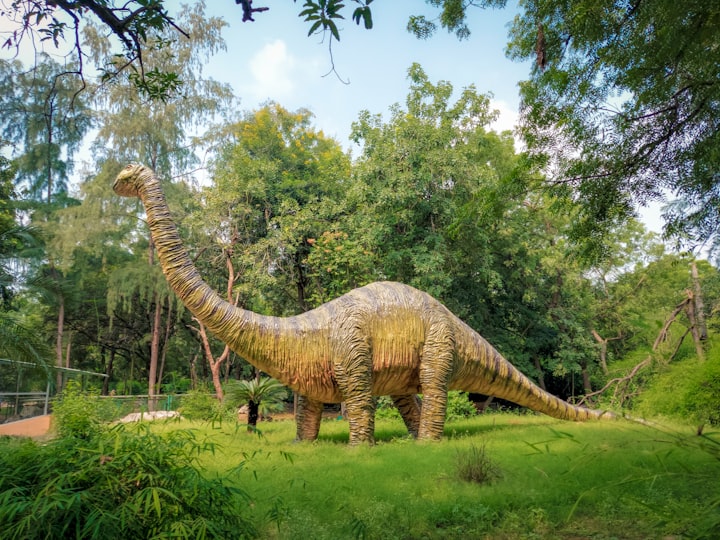
Dinosaurs, the ancient rulers of our planet, dominated Earth for over 165 million years. Surprisingly, their legacy lives on in the form of modern birds, descendants of the once fearsome theropods. Let's journey back to the Mesozoic Era, roughly 250 million years ago, when a group known as dinosaur morphs first roamed the Earth. Unlike the towering figures like the Brontosaurus or T-Rex that often come to mind, these creatures were humble in appearance, resembling more like small lizards with elongated limbs.
Initially, these dinosaur morphs walked on all fours, reminiscent of house cats, hardly seeming like the apex predators they would later become. However, their agility and speed ensured their survival. Over time, they adapted, transitioning to an upright stance, with legs positioned beneath their bodies, allowing for greater mobility. Evolution favored those with stronger necks, enhanced leg muscles, and additional hip bones, paving the way for the emergence of true dinosaurs around 240 to 230 million years ago.
The term "dinosaur," meaning "terrible lizard," was coined to describe these ancient creatures, with the oldest known fossils discovered in Argentina. Initially, dinosaurs were not the colossal beings we often envision; instead, they were comparable in size to dogs or horses. However, as epochs passed, they diversified, giving rise to various species, including the swift and nimble predators like the velociraptor.
With the onset of the Jurassic Period, dinosaurs began to grow in size and stature. Iconic giants such as the long-necked Brachiosaurus and the formidable Allosaurus roamed the Earth. However, it was during the Cretaceous Period that dinosaurs reached the pinnacle of their fame, with the formidable Tyrannosaurus Rex reigning supreme as the apex predator.
Life during this era was not without its challenges. Tyrannosaurs, even in their adolescence, displayed ferocity, preying on smaller dinosaurs. Meanwhile, herbivorous giants like the peaceful Brachiosaurus were constant targets for these formidable predators.
Yet, it wasn't just the large predators that inspired fear. The velociraptors, adorned with feathers and possessing remarkable intelligence, were formidable hunters in their own right. Contrary to popular belief, they likely hunted alone, using their sharp claws to seize prey.
Despite their avian features, including feathers, dinosaurs like velociraptors were flightless. It wasn't until the emergence of pteranodons, flying dinosaurs, that the skies were truly dominated by prehistoric creatures. However, this golden age of dinosaurs was abruptly halted 66 million years ago by a catastrophic asteroid impact.
The aftermath of the impact triggered environmental changes, leading to the demise of approximately 75% of all species on Earth. The ensuing darkness and cold temperatures caused by debris blocking out the sun devastated ecosystems worldwide. Although some plant life survived, many animals, including non-avian dinosaurs, perished.
In the wake of this extinction event, birds emerged as the lone survivors of the dinosaur lineage. Over time, they diversified, evolving into various shapes and sizes, ultimately giving rise to the avian diversity we see today.
As we reflect on the incredible journey of these prehistoric giants, we're reminded of the delicate balance of life on Earth and the enduring legacy of evolution. Though dinosaurs may be long gone, their story continues to captivate our imagination and inspire wonder about the ancient world that once was.
About the Creator
Angela Moore
Living my best life. Love to read interesting article's, shop, travel and many other things. Just came back from an Egypt trip. I think everyone should go there at least once. The pyramids. temples and catacombs were awesome.





Comments
There are no comments for this story
Be the first to respond and start the conversation.